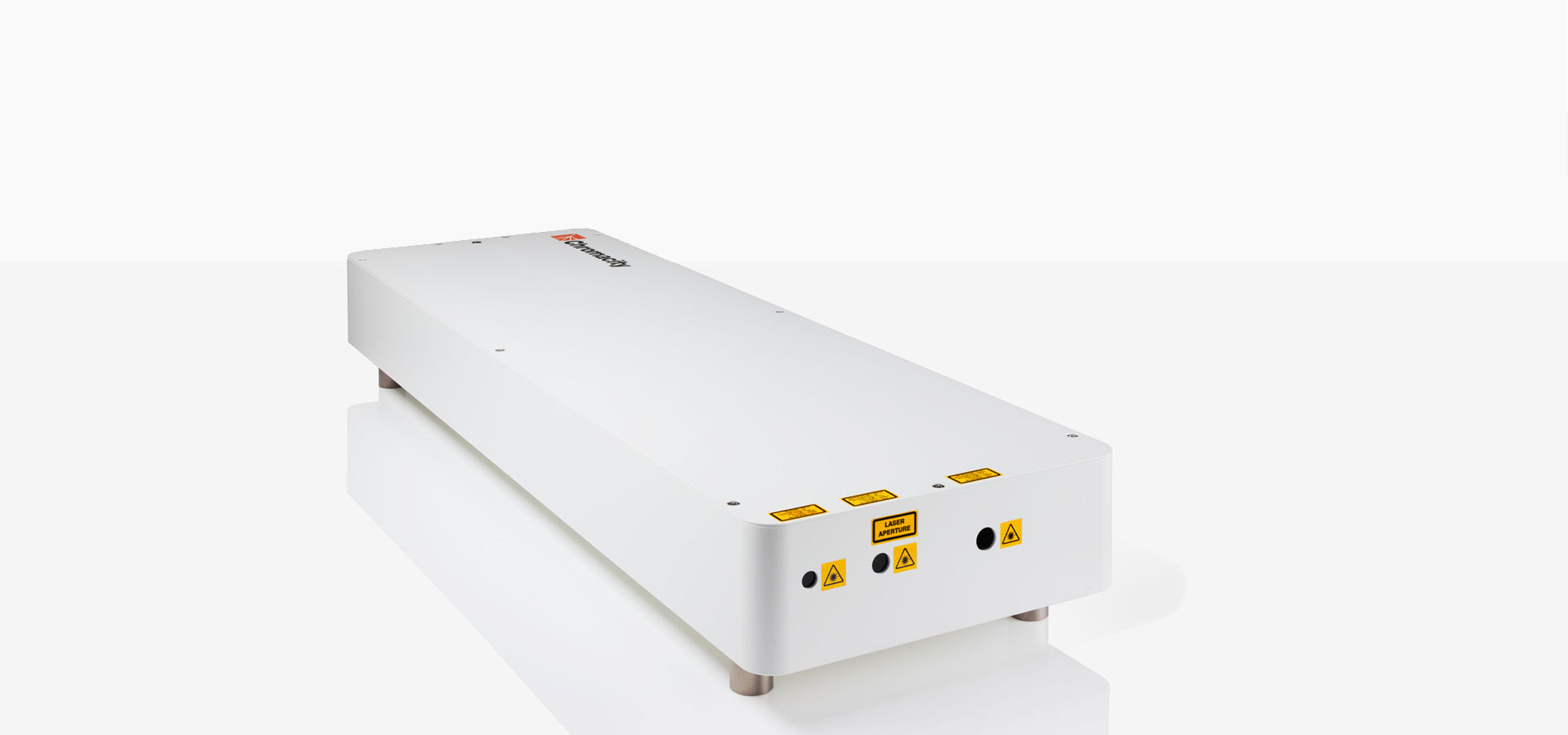March 30, 2020
Two of Chromacity’s ultrafast laser systems were used during breakthrough research into quantum-enhanced optical systems, which could drive advances in encryption, communication and measurement.
A group of researchers, led by Dr Matteo Clerici at the University of Glasgow’s James Watt School of Engineering and colleagues from the UK, Japan and Germany have demonstrated using a new method of generating and detecting quantum-entangled photons at a wavelength of 2.1 microns.
The unique, non-classical properties of entangled photons are used in applications including quantum key distribution allowing uncrackable communications between two parties.
Methods of entangling photons at shorter wavelengths of between 700 and 1550 nanometres are already well-established. However, those wavelengths are vulnerable to interference from the sun’s light when they are transmitted over open air, making them difficult to use in applications, such as secure satellite-to-ground and satellite-to-satellite communications.
The Glasgow-led team’s new method of generating entangled photons further into the infrared at two micrometres wavelength will overcome these problems for the first time.
Dr Matteo Clerici, Senior Lecturer at the University of Glasgow, said:
“What we have been able to do is carve out a band in the electromagnetic spectrum where the entangled particles we produce are less likely to be affected by background solar radiation when they’re transmitted across free space”.
This breakthrough has benefited from the cutting-edge expertise of UK photonics companies. In partnership with Covesion Ltd, Dr Clerici and his team have developed a new type of non-linear crystal made from lithium niobite. The two entangled photons are generated when short pulses of light from the Chromacity 1040 laser system passes through the crystal.
Dr Christopher G. Leburn, Commercial Director and Co-Founder, explained how Chromacity’s two systems were used during this ground-breaking research:
“Two of our systems have been involved in this exciting research. Our Chromacity 1040 is the workhorse that allows the generation of entangled photons at 2µm, while our Chromacity OPO has been used as tool to help push the development of single photon detectors used to detect the entangled photons. We are thrilled to see how a mix of our technologies is clearly having a real impact on important cutting-edge research”.
The full research paper from the University of Glasgow, titled ‘Two-photon Quantum Interference and Entanglement at 2.1 μm’, is available in Science Advances.














